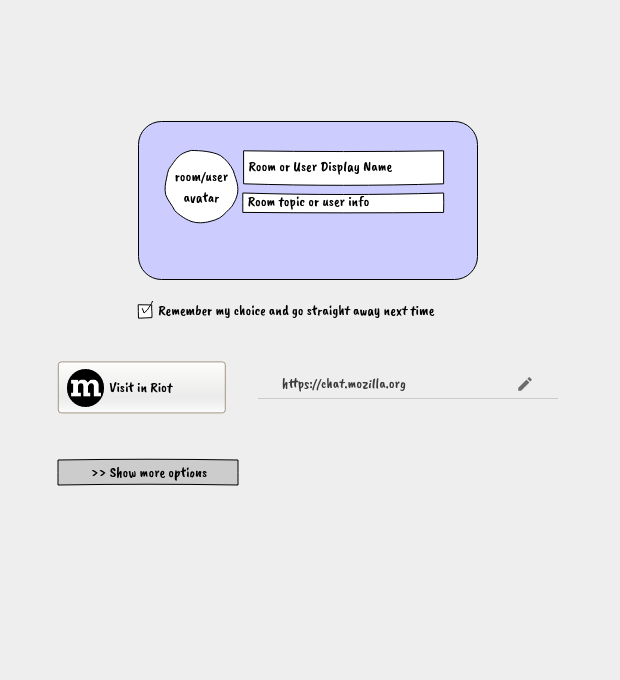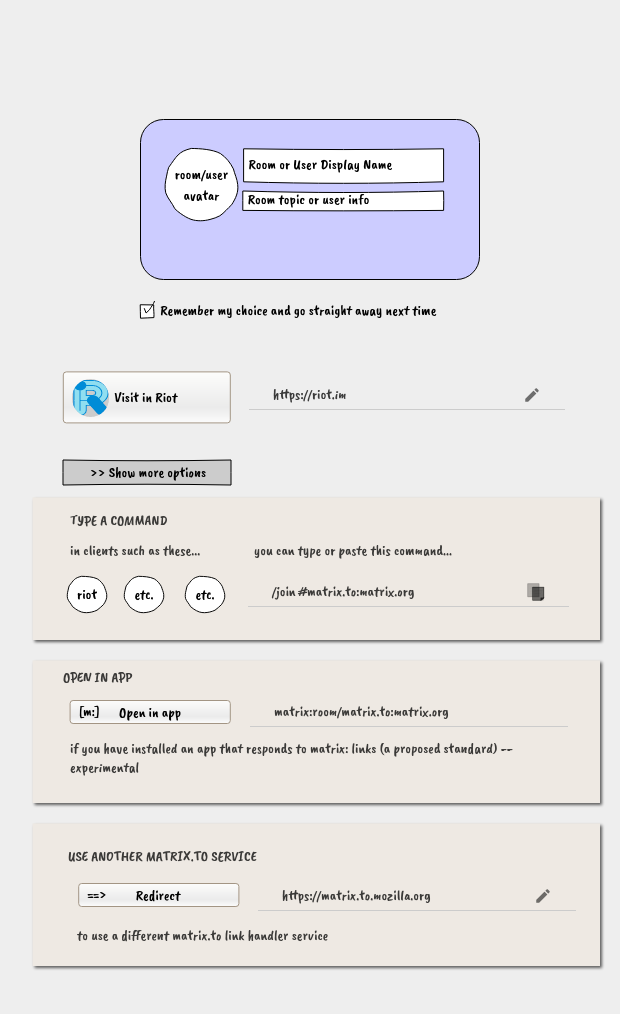Teckids e.V. held their annual summer camp for kids between 9 and 15 years. This year, after we started introducing Matrix and Element as a chat platform … Some got really excited that they could even change or add features to Element … Unfortunately, Element is developed on GitHub, so the potential young contributors are locked out by the exclusive Terms of Use there. We are trying to reach out to Element HQ to find a solution.
Klampfradler writing in This Week in Matrix
Ironic but all too common: a Libre/FOSS project falling foul of the very issue it is trying to overcome. For this post, however, let us not focus on this particular situation. Let us instead learn from it how we can better explain why we need Matrix and other Libre systems.
GitHub only allows users over a certain age. Initially when we adults sign up, this seems like no big deal: it sounds like quite a young age (13) and it says it’s to comply with the law of the USA, which sounds obvious and unavoidable.
This is a great example of how we restrict other people’s freedom every time we choose a silo. We start off thinking the silo is reasonably inclusive and gives enough freedom for what we need. After all, it’s one we use, so by definition it’s good enough for people like ourself. But:
- everyone we want to connect with has to obey the same terms, and
- we don’t have any control over those terms.
Even when it’s “our project”, we can’t choose who we are allowed to collaborate with.
What if our situation changes, perhaps a long time later? Perhaps our friend has children who under the supervision of their parents are competent and keen to code. We might ask them to use their parent’s account. GitHub’s terms forbid that too. Anyway that would mean they couldn’t keep a record of their contributions linked to their own identity.
GitHub, being a silo, restricts the freedom of its users and the freedom of our collaborators and would-be collaborators.
By contrast, when we have control of our own Libre system, such as a self-managed GitLab, then we can set our own terms and conditions.
That’s a key benefit of using a Libre system.
It’s the same in any Silo-vs-Libre domain: Zoom vs Jitsi, WhatsApp vs Matrix. When we use the silo, we restrict not only our own freedom (which we may not immediately care about) but also the freedom of those we contact. We probably care more about the freedom of those contacts who are our real-life friends, family, and colleagues, who in turn care about their own friends and family.
In trying to convince people to switch to Matrix and other open tech, it can be hard to find “selling points” that resonate with ordinary people who are not already familiar with these freedom issues. As above, they think the silo they are using gives them as much freedom as they need. This point about how it impacts those they care about is one that the general public may be able to relate to, and recognise as important.
Let’s use this point to spread the message:
By using a silo we exclude children


